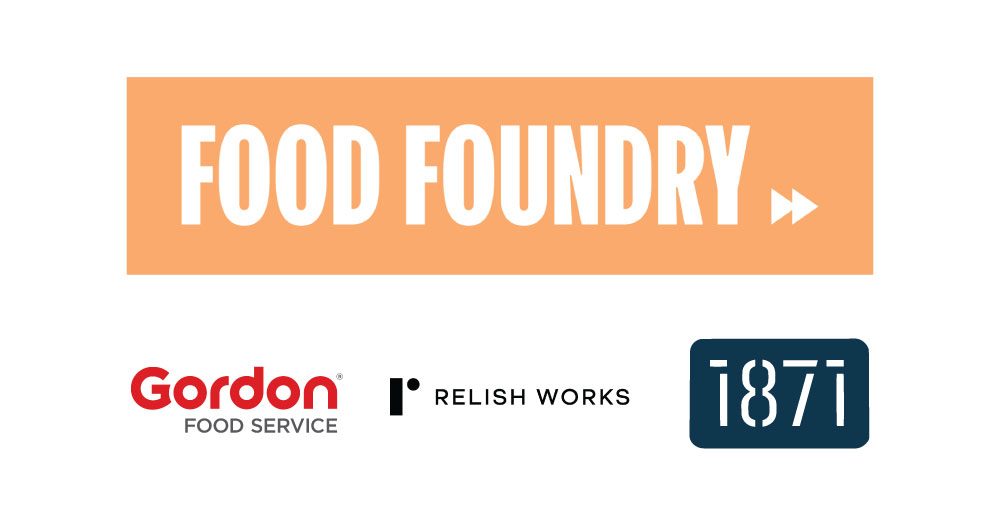Chicago, IL – June 3, 2021 – ServerCentral Turing Group (SCTG), a cloud, network, and data center managed service provider, has completed an extensive rebranding initiative to better convey its expertise in converting complexity into success for businesses large and small. The rebrand includes a new website, logo, and name – Deft.
After adapting to extraordinary circumstances in 2020, businesses will spend the duration of 2021 reconfiguring their operations for the future. As technology becomes a critical aspect of their core competencies, businesses continue to undergo fundamental shifts in how they operate and deliver value to their customers.
“No company is too big or small for technology complacency,” said Jordan Lowe, CEO of Deft. “With promises of streamlined hybrid cloud infrastructure, instant scalability, and seamless cloud migrations, today’s technology has the potential to fundamentally change the way businesses operate and deliver value to their customers. The challenge is successfully meeting these opportunities.”
The name change reflects Deft’s commitment to bringing humanity to every client journey and supporting its customers through its core business areas including public, private, and hybrid cloud services, cloud consulting, managed services, and data center services.
Deft partners with its clients to deliver on the promise of technology to the benefit of their employees, customers, and business through:
- Consistent thought leadership: Deft leverages over two decades of experience to anticipate an organization’s needs and proactively deliver expert advice.
- Ever-evolving skill sets: Deft recognizes the steady pace of innovation in technology and stretches its skill sets to set new standards over maintaining the status quo.
- Creative problem-solving: Deft embraces innovative thinking within its problem-solving process, allowing for an original, informed viewpoint to guide strategic decision-making and achieve dynamic business outcomes.
- Thoughtful guidance: Deft understands the role it plays within an organization and positions its solutions to act as a launchpad toward big-picture success.
Deft offers the combined expertise of an expansive partner network as it designs, builds, operates, secures, and scales unique hybrid cloud solutions tailored to businesses’ unique needs. As day-to-day operations continue while companies redefine themselves with technology, Deft ensures continued digital transformation occurs with minimal disruption to critical systems and processes.
For more information about Deft, visit www.deft.com.
###
Originally published here!


